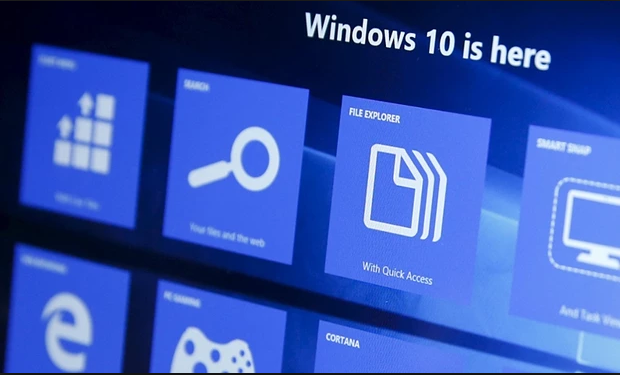WINDOWS 10 PRIVACY PROBLEMS
David Auerbach is a writer and software engineer based in New York, and a fellow at New America.
Apple and Google may have ignited the trend of collecting increasing amounts of their customers’ information, but with Windows 10, Microsoft has officially joined that race. By default, Windows 10 gives itself the right to pass loads of your data to Microsoft’s servers, use your bandwidth for Microsoft’s own purposes, and profile your Windows usage. Despite the accolades Microsoft has earned for finally doing its job, Windows 10 is currently a privacy morass in dire need of reform.
The problems start with Microsoft’s ominous privacy policy, which is now included in the Windows 10 end-user license agreement so that it applies to everything you do on a Windows PC, not just online.
Some have spun conspiracy theories out of that language. I’m more inclined to blame vagueness and sloppiness, not ill intent. With some public pressure, Microsoft is likely to specify how and why it will share your data. But even that won’t excuse Microsoft’s ham-fisted incursion into users’ data, nor how difficult it is restore the level of privacy back to what it was in Windows 7 and 8. Apple’s and Google’s privacy policies both have their own issues of collection and sharing, but Microsoft’s is far vaguer when it comes to what the company collects, how it will use it, and who it will share it with—partly because Microsoft’s one-size-fits-all privacy policy currently applies to all your data, whether it’s on your own machine or in the cloud. As Microsoft puts it.
During installation, Microsoft will encourage you to accept its “express install” defaults. Without exceptions, these defaults will result in the maximum sharing of your information with Microsoft. Instead, select the “custom install” option, which will bring up a bunch of toggles. The first set of toggles, concerning personalization and location.
WINDOWS 10 PRIVACY PROBLEMS
 Reviewed by pop
on
5:41 AM
Rating:
Reviewed by pop
on
5:41 AM
Rating:
 Reviewed by pop
on
5:41 AM
Rating:
Reviewed by pop
on
5:41 AM
Rating:











No comments: